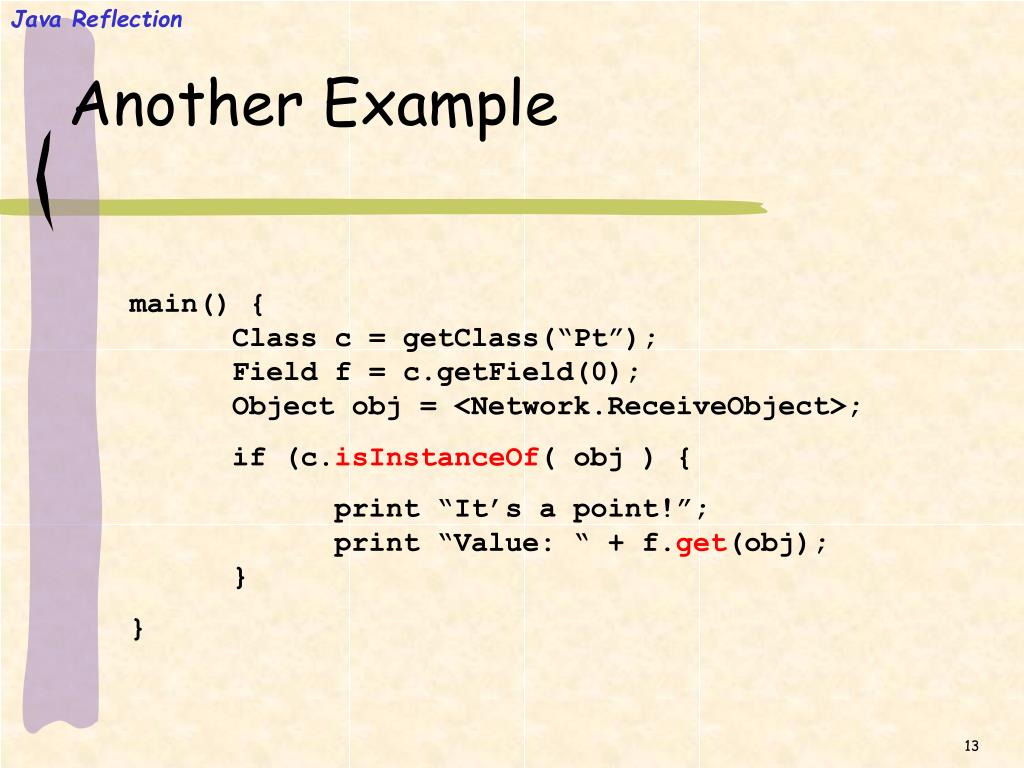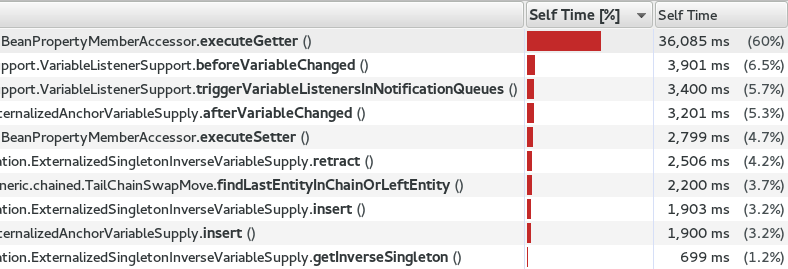
The method is: private native void (java.lang. The method is: private native void 0(int) The method is: public void ($UncaughtExceptionHandler) The method is: public $UncaughtExceptionHandler () The method is: public static $UncaughtExceptionHandler () The method is: public static void ($UncaughtExceptionHandler)

The method is: public final synchronized void () The method is: public final native boolean () The method is: public static void (long,int) throws The method is: public static native void (long) throws The method is: private static synchronized long () The method is: private static synchronized int () The method is: public final void (boolean) The method is: public static native void () The method is: public static native boolean () The method is: private void (,long,boolean) The method is: public final void () throws The method is: public final synchronized void (long) throws The method is: public final synchronized void (long,int) throws The method is: public synchronized void () The method is: private static native void () The method is: private native boolean (boolean) Lets start first with the only limitation means the only field we cant change with Reflection. Method methods = c.getDeclaredMethods() įor(int i = 0 i < methods.length i++) Output The method is: public void () However, the inherited methods are not included.Īlso, the getDeclaredMethods() method returns a zero length array if the class or interface has no methods or if a primitive type, array class or void is represented in the Class object.Ī program that demonstrates this is given as follows − Example


This method returns an array that contains all the Method objects with public, private, protected and default access. The methods of a class can be listed using the () method.


 0 kommentar(er)
0 kommentar(er)
